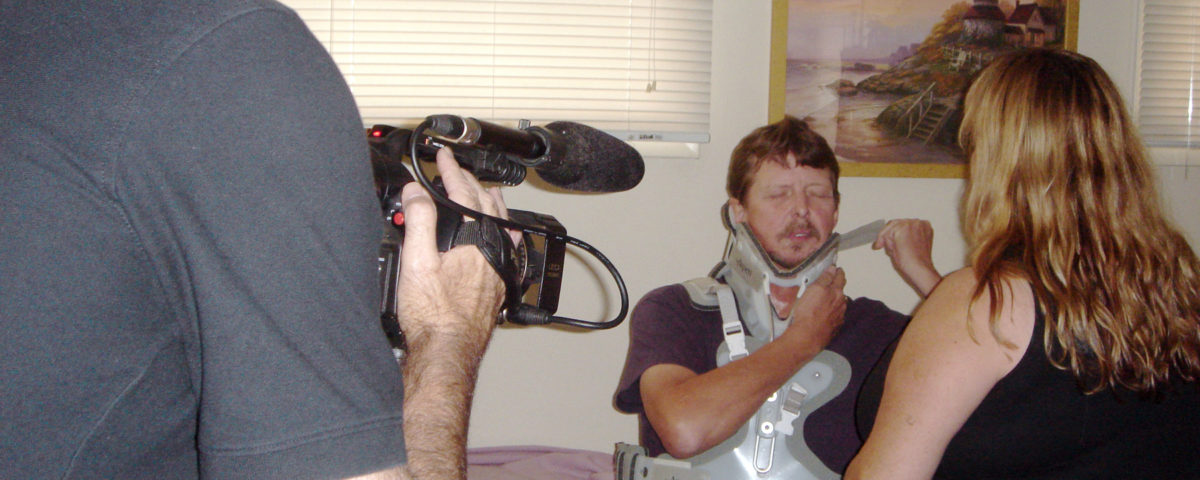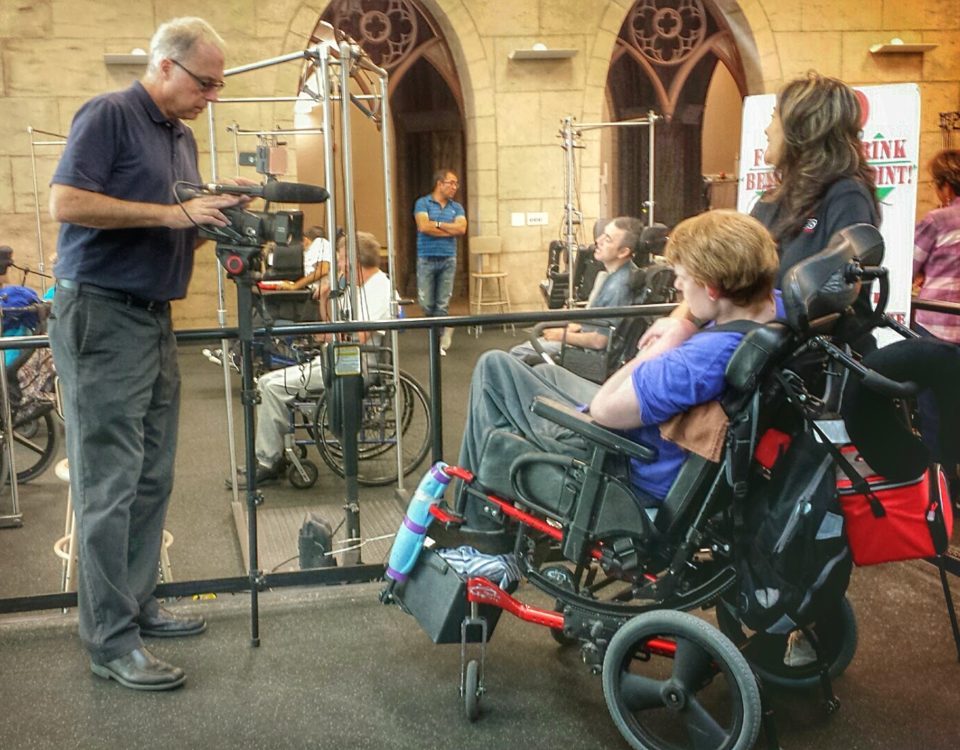- Have any questions?
- 626.335.9794
Day in the life video: better than words

Day in the Life Documentary: Arousing sympathy, passion, and prejudice
May 9, 2015
Is Legal Video discoverable and useable by opposing parties?
May 11, 2015Part 7 of the Day in the Life Video Admissibility Series
Go to previous post in this series: Legal video – discoverable and useable
Day in the life videos, otherwise known as daily activities videos, are typically presented in court to demonstrate for jurors a plaintiff’s injuries (permanent and/ or catastrophic), and the impact those injuries have on the plaintiff’s daily living activities. These activities, such as rising, eating, bathing and receiving physical therapy, can vividly demonstrate the plaintiff’s loss through their apparent dependency, physical limitations, and the overall hardships they currently live with. In addition, the presentation of a day in the life video in trial circumvents the impracticality of having jurors visit the plaintiff for an entire day to eyewitness the plaintiff’s injuries and challenges themselves. Day in the life videos, just by the very medium by which they are delivered, can bring the plaintiff’s story to life for the jurors in a way that is virtually impossible to communicate with mere still pictures and words.
In Grimes v. Employers Mutual Liability Insurance Company of Wisconsin, (D.Alaska 1977) 73 F.R.D. 607, 610, the court found the day in the life video submitted by the plaintiff exemplified “better than words,” the impact the injury had on the plaintiff’s life in terms of pain and suffering and loss of enjoyment of life.
Similarly, in Arnold v. Burlington Northern Railroad (Or.Ct.App. 1988) 748 P.2d 174, 176, the court noted that although the video offered to illustrate and supplement the plaintiff’s testimony, there also existed “the danger of eliciting undue sympathy for the plaintiff.” Even so, the court concurred with the trial court’s admission of the video stating, “[T]he probative value of the film — its ability to illustrate graphically the impact of the plaintiff’s injuries on his life — outweighed its prejudicial value…” In addition the commented that “the day in the life film communicated to the jury effectively, and perhaps better than words could do; what plaintiff’s life…was like,” [italics added].
Interestingly, in Ocasio v. Amtrak, (N.J. Super. App. Div. 1997) 690 A.2d 299, the court weighs whether the day in the life videotape is cumulative evidence since both parties’ medical experts testified concerning their observations of plaintiff’s current condition and the kind of care plaintiff requires. In the end the court ruled that the day in the life videotape was the only means the jury itself had to observe plaintiff’s present condition and the medical care being provided for him and thereby agreed with the trial court that it was admitted properly.
Despite the Arnold and Ocasio courts acknowledging potential issues with day in the life video admissibility, they both find that the videos’ probative value outweighs the courts’ concern for undue prejudice and cumulative evidence.
Go to next post in this series: Day in the life – Arousing sympathy, passion, and prejudice




